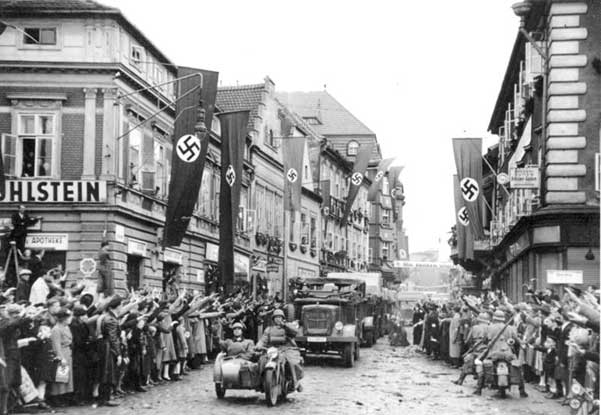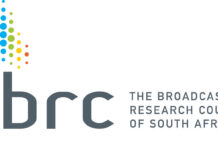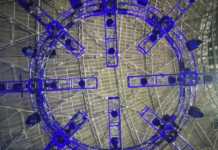World War II was approaching a turning point for the allied forces opposing Nazi Germany but the war was taking its toll. The allies were suffering severe military casualties and, if they were to fend off German advances, they would need to find a smarter way of fighting.

Key to the allies’ offence were bombers – large, heavy-duty aircrafts that had the ability to deliver wide-scale damage and distanced attacks. But, despite their advantages, bombers had their shortcomings – they were slow, cumbersome and often shot down over enemy territory.
It was clear that, for the bombers to be more effective, they needed to be able to resist more damage. But armour is heavy. Too much and the planes wouldn’t have enough fuel to make the journey home. Too little and they wouldn’t survive either. Armour needed to be applied strategically and sparingly.

The allies began to conduct a study on how to minimise bomber losses to enemy fire. They would analyse the damage done to aircrafts that had returned home from their missions and recommend an optimal placement for the additional armour.
They started with a simple diagram, the outline of a plane, and marked bullet holes where each returning bomber had been shot. Obviously, the more bullet holes in an area the weaker the area and the more armour required. Seeing that the wings, nose and tail were areas that were most marked, they were fortified better. But the allies were disappointed. Soon enough, even less bombers returned home than ever before.

Where did the error occur? Data was gathered, findings were derived, inferences were made and a sound solution was implemented. But there’s a part of understanding data that requires creativity, a perspective to challenge conventional thinking, especially when it comes to design research.
The allies returned to the problem. What they came to realise was that the aircrafts under examination were the ones that had survived battle. The bullet holes on these aircrafts then weren’t indicative of weakness but of strength. They were areas where a bomber could take damage whereas unmarked areas were places that could not.
With this valuable new insight, the allies instead began to reinforce undamaged areas on the surviving bombers and were then successful.

Just like the bomber many problems are misunderstood. It’s easy to get lost in research findings, with unyielding results, when a bigger problem is ill-defined. The valuable inference, in this case, required one to step back from the individual bullet holes to instead interrogate the set of bombers that were being examined, as well as the set that wasn’t – the unrepresented sample.
It’s imperative that when developing a solution from research, one considers all aspects of the data on hand, as well as the data that is absent. We forget that the lack of data can often tell you more about your problem than the data you have.
 Rob’s experience spans a wide variety of industries and geographies of which the focus has been on retail, alcoholic beverages and financial services. He has fulfilled roles within strategy and research in both South Africa and the UK with project outputs spanning digital, traditional, business and brand outcomes. Rob has a tremendous amount of energy and passion for the industry and the African continent and believes that hard work and creative problem solving are the most valuable assets in business today.
Rob’s experience spans a wide variety of industries and geographies of which the focus has been on retail, alcoholic beverages and financial services. He has fulfilled roles within strategy and research in both South Africa and the UK with project outputs spanning digital, traditional, business and brand outcomes. Rob has a tremendous amount of energy and passion for the industry and the African continent and believes that hard work and creative problem solving are the most valuable assets in business today.
























































































